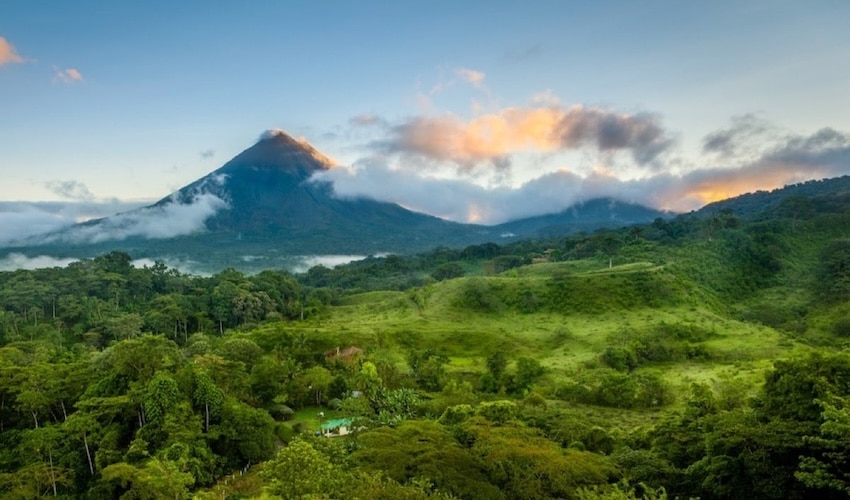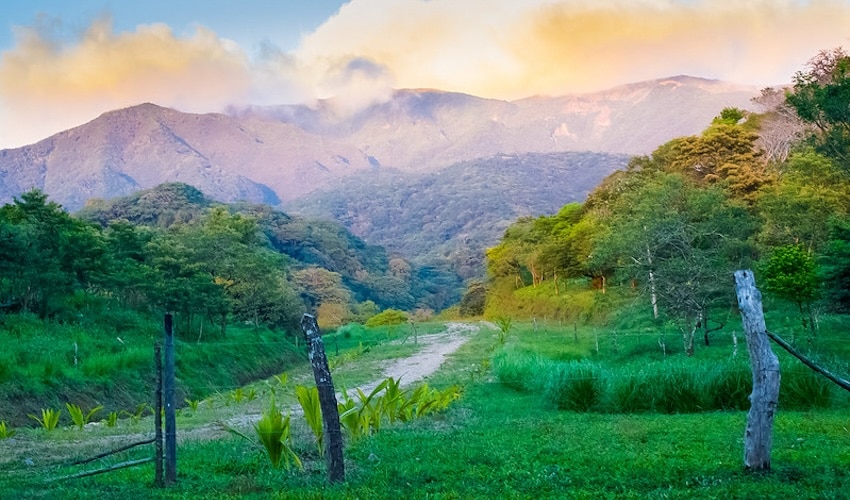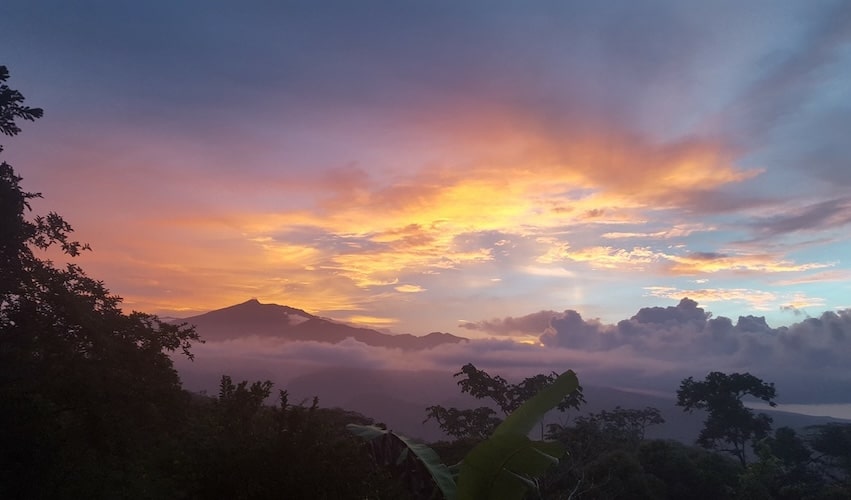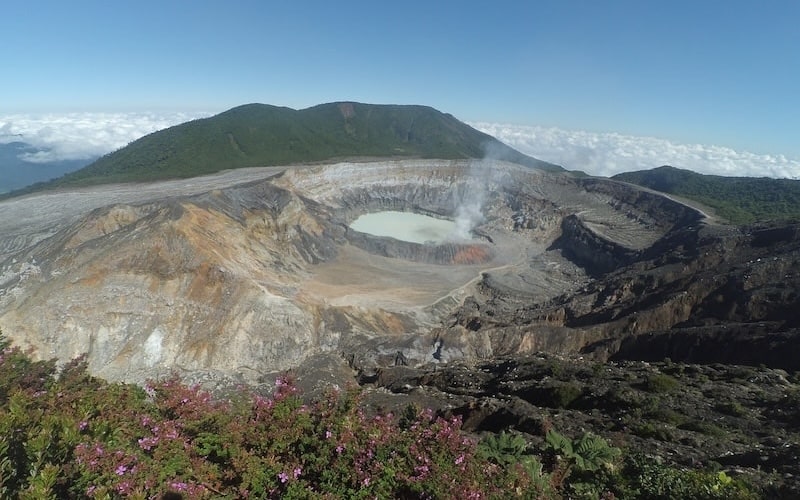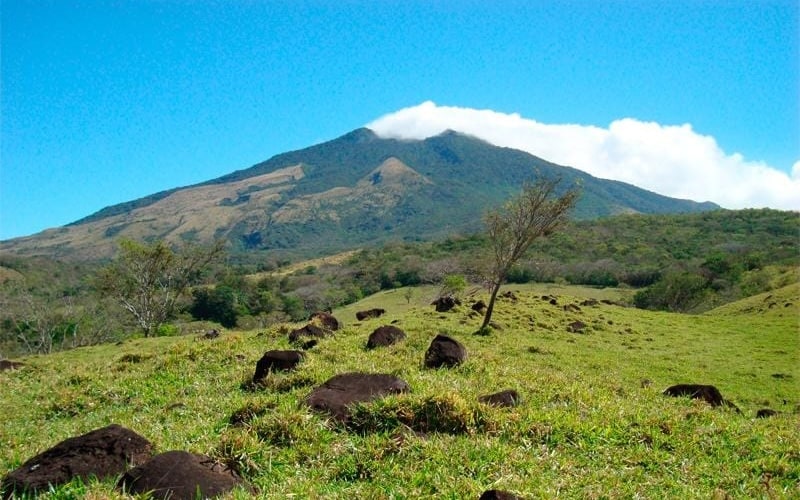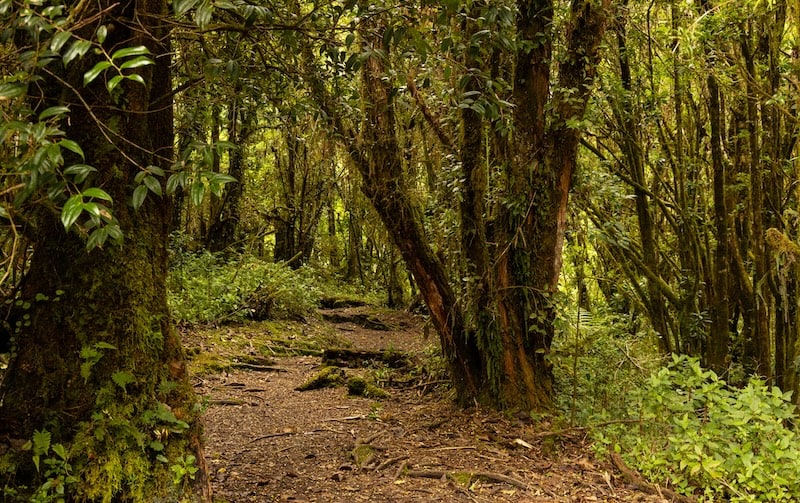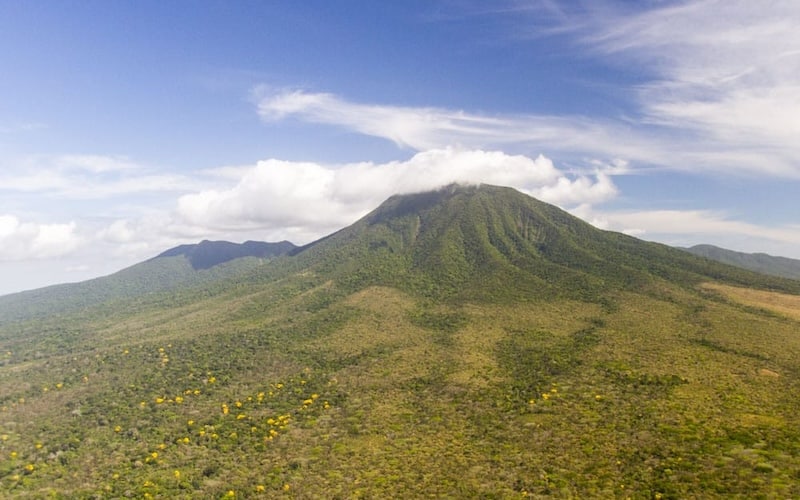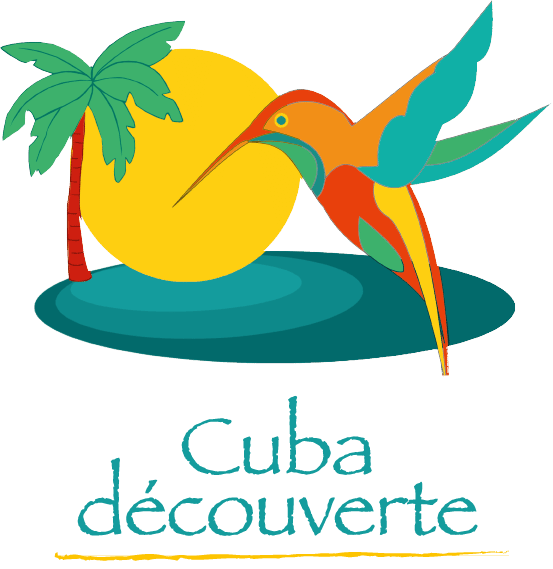First of all, we need to situate Costa Rica to understand the presence of all its volcanoes. Located on the Pacific Ring of Fire, Costa Rica is a land of volcanoes. There are 116 of them, of which 5 are active and 2 dormant. For the past fifty years, the Arenal volcano has been the focus of attention for its famous lava flows, but since October 2010, these have ceased, although the volcano still emits gas and occasional rock throws. In addition, after more than a century of relative calm, the Turrialba volcano awoke in 2007 and has since seen its activity increase. The volcano regularly emits gas and erupts, and in September 2016, its largest phreatic explosion was recorded, and magma flows were observed.
An agency dedicated to volcano and earthquake observation manages all the volcanoes.

